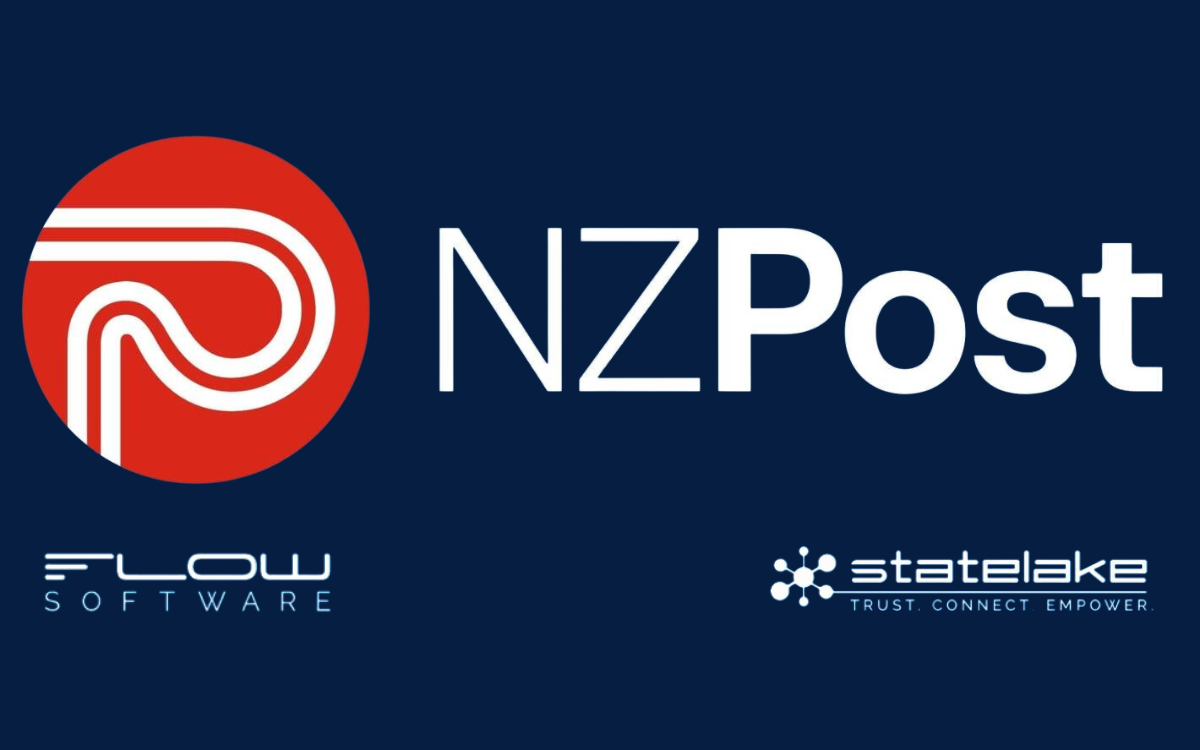Looking for real life integrations examples?
Ever wondered how integrations could add value to your business?
Or maybe you are already using integrations but are wondering how to get more value out of the platforms you’re using?
In this extract from a recent community event, Flow Software CTO, Craig Bennett, talks through several real life examples of how integrations can be applied to add value in a business.
Product and Pricing Information Integration
In the retail industry, a common integration pattern involves the flow of product and pricing information from a master system to multiple other systems. For instance, an Enterprise Resource Planning (ERP) system serves as the central repository for product and pricing data. This data needs to be transmitted to the Purchase Order (PO) system, e-commerce platform, and Warehouse Management System (WMS) to ensure consistency across all systems. By integrating these systems, retailers can efficiently manage product catalogs, pricing updates, and inventory availability, resulting in improved sales and customer satisfaction.
Inventory and Stock Management Integration
Efficient inventory and stock management is crucial for retail businesses. Integration between Warehouse Management Systems (WMS) and Point of Sale (POS) systems allows organizations to have real-time visibility into stock levels and sales. The WMS tracks inventory in the warehouse, while the POS system monitors sales on the shop floor. By combining data from these two systems, an Enterprise Resource Planning (ERP) system or e-commerce platform can accurately reflect stock availability, preventing stockouts and optimizing inventory levels.
Customer Contact Information Integration
Maintaining consistent and up-to-date customer contact information is essential for effective customer relationship management. In a retail example, multiple systems may be involved in keeping customer and contact information synchronized. Customer Relationship Management (CRM) systems typically serve as the primary master data source. Updates to customer information can come from various sources, such as the e-commerce platform, point-of-sale system, or subscription management tool. Middleware plays a critical role in managing the synchronization between these systems, ensuring that updates flow smoothly and eliminating redundant or conflicting updates.
Integration of Best-of-Breed System
Organizations often find themselves in situations where they have multiple systems, each serving a specific purpose and considered the “best-of-breed” for a particular function. Integration becomes crucial to ensure seamless data exchange between these systems. One common scenario is when businesses merge, bringing together different CRM systems, accounting systems, or ERP systems. Integration middleware, such as Ravi, allows these systems to coexist and facilitates data synchronization between them. This approach avoids the need for extensive customization or the complete replacement of existing systems, enabling businesses to leverage the strengths of each system while ensuring data integrity and accuracy.
System Migration and Data Integration
When organizations undertake system migrations, integration middleware can simplify the process and mitigate risks. For example, during the implementation of a new ERP system, parallel running with the legacy system is often necessary. Integration middleware can facilitate data migration, ensuring a smooth transition of data between the old and new systems. By using the middleware to handle data synchronization, organizations can reduce the complexity and potential errors associated with manual data transfers or spreadsheets.




